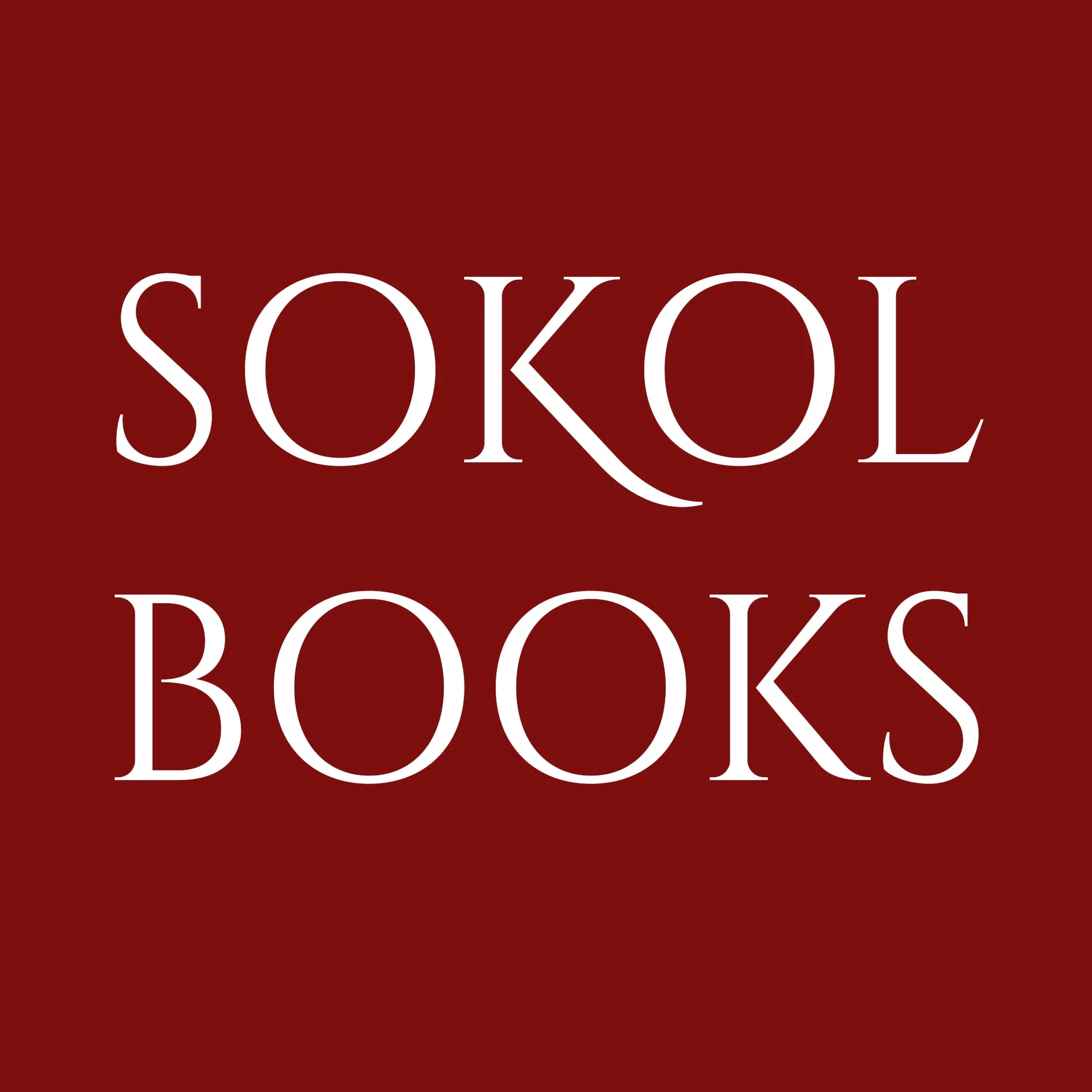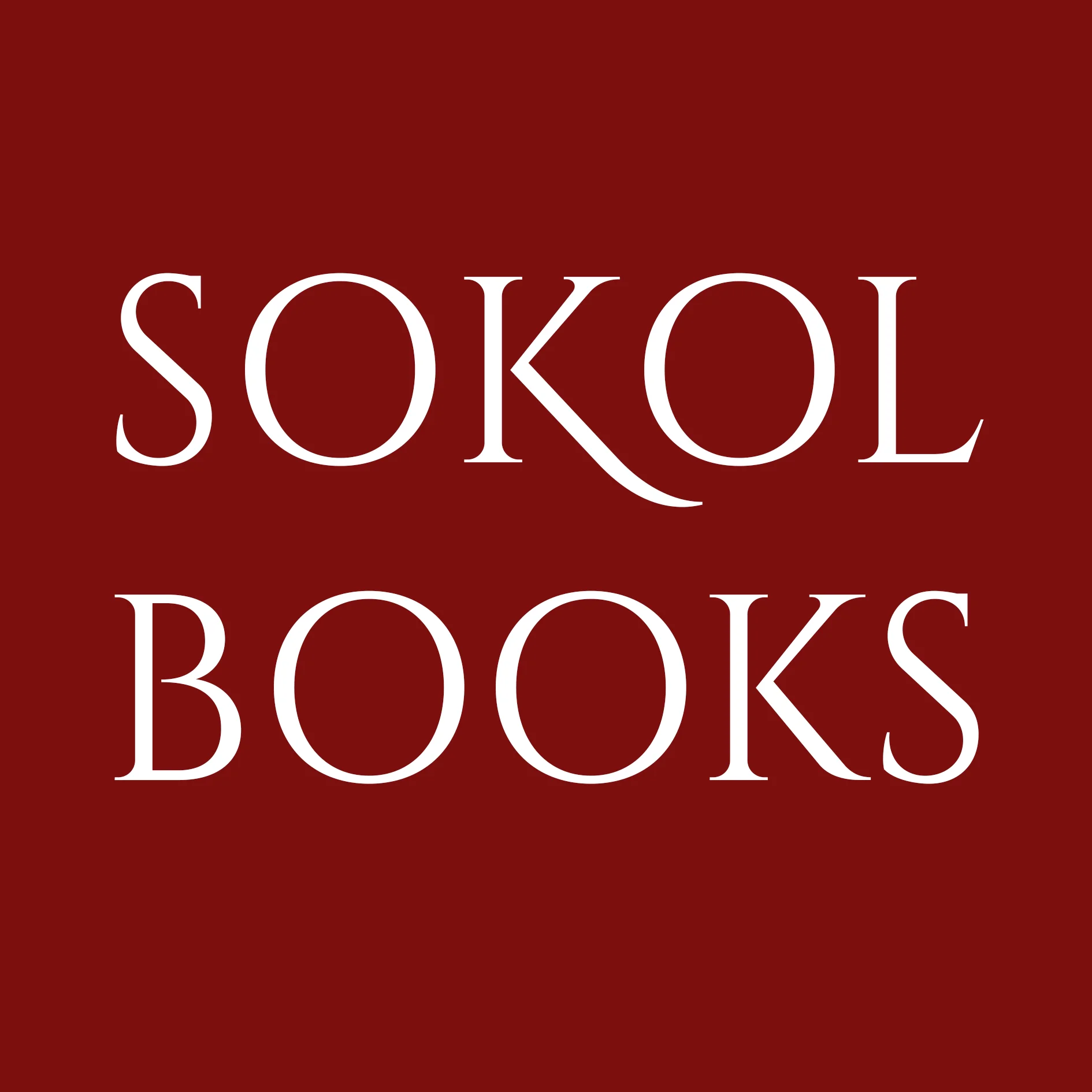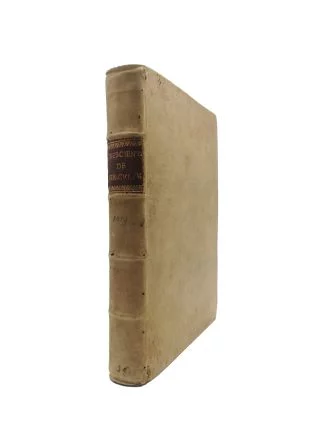CRESCENZI, Pietro de
HANDSOMELY ILLUSTRATED AGRICULTURE
De agricultura vulgare
[Venice], [Alessandro Bindoni], [9 July 1519.]£2,250.00
Small 4to. ff. 235 [i.e., 234] (vi). Roman letter, title in Gothic, double column. Woodcut of Justice (printer’s device) to recto and large woodcut from Alexander Grammaticus’s Doctrinale (1513) to verso of t-p, 38 small woodcuts of agricultural scenes, decorated initials. First and last three ll. a little thumb-marked, upper edge trimmed a little close, slight yellowing, the odd marginal spot, light water stain at foot of n2, two gatherings slightly browned, small tear at upper edge of &1-2 affecting book number, tear to lower outer blank corner of C1 repaired. A good copy in c.1700 vellum, raised bands, gilt-lettered morocco label, all edges blue. C19 autograph ‘G.[aetano] Nicolis’ (i.e., F. Aegidius a Verona) to front pastedown, C19 ms. ‘Bibliothecae Capuccinorum Tridenti F. Aegidius a Verona assegnavit’ (washed out) and C19 stamp ‘Bibiothecae Cappuccinorum (?)’ to t-p (partly erased) just touching woodcut, final table with early ms. page numbers.
A very good, handsomely illustrated, copy of the Italian translation of Pietro de’ Crescenzi’s famous writings on agriculture, printed in over 50 editions in several languages between 1471 and 1600. Crescenzi (or Crescentius, c.1230/30-1320) studied law, medicine and natural science at Bologna. After retiring from a long legal career, he spent much time at his estate in the Bolognese countryside. There he was inspired to write ‘De agricultura vulgare’ (c.1304)— first printed as ‘Ruralia commoda’ in Nuremberg in 1471—a treatise on agriculture based on classical and medieval sources and his direct experience. Like its most important models—Columella’s ‘De re rustica’ and Palladius’s ‘Opus agriculturae’—‘De agricultura’ was fundamental for the humanist re-elaboration of the rustic values of landownership so dear to the elites. The work presents an ideal ‘holistic’ landowner who is knowledgeable about all aspects of estate management, from the architecture of buildings to the caretaking of gardens and meadows, wine-making, bee-keeping, hunting, farming, and the use of trees and plants for medicinal and nutritional purposes. The superb woodcuts, many of which were drawn from the Venetian edition of 1495, depict a variety of rural subjects, from techniques for distilling river water and planning gardens to ways of ensuring that oxen ‘cooperate’ whilst pulling the plough—a tongue-in-cheek vignette, this, in which the artist inserted, behind the customary peasant figure, that of Hercules carrying out his tenth labour of bringing back from the end of the world the uncooperative cattle of Geryon.
This copy was in the private library of Friar Aegidius à Verona (1804-1887)—‘al secolo’ Gaetano Nicolis—a bibliophile and art expert. He was professor of canon law, provincial superior, and a historian of Trento. He bequeathed it to the Capuchin monastery of Trento, which it probably left during WWII.
Graesse II, 299: USTC 824568; BM STC It., p. 203; Essling, 845; Sander, 2238; Simon 162. Not in Bitting, Vicaire or Oberlé.In stock








